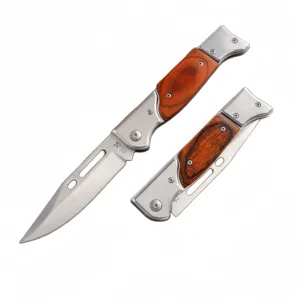Popular in your industry









































































































































































Top categories
About triangular saw blade
Introduction to Triangular Saw Blades
Triangular saw blades are a specialized tool in the cutting industry, designed for precision and versatility. These blades, named for their unique shape, are engineered to fit a variety of saw models and are essential for professionals requiring exact cuts in diverse materials.
Types and Applications
The utility of a triangular saw blade extends across various applications. Carbide-tipped blades are the go-to for achieving clean cuts in plastics and non-ferrous metals. For woodworking enthusiasts dealing with hard, soft, or chipboard varieties, tungsten carbide saw blades are recommended due to their durability and cutting finesse. In contrast, for intricate cutting tasks such as watermarks and small shapes, scroll saw blades are the preferred choice due to their high precision capabilities.
Features and Materials
Each triangular saw blade is crafted to meet specific cutting needs. Metal cutting circular saw blades are designed for straight, precise cuts, while reciprocating saw blades offer the flexibility needed for curves and cavities. For the toughest cutting jobs involving stone, concrete, or ceramics, diamond saw blades are unmatched in their ability to handle hard, abrasive materials. The materials used in these blades, from carbide to diamond, are selected for their durability and cutting performance.
Advantages of Triangular Saw Blades
The advantages of using a triangular saw blade are numerous. Their geometric design allows for easy insertion and efficient cutting, minimizing material waste and saving time. The variety available ensures that there is a blade for every type of material and cut required, from delicate scroll work to robust concrete slicing.
Selecting the Right Blade
Choosing the correct triangular saw blade is crucial for the task at hand. The selection process involves considering the material to be cut and the desired type of cut. For instance, saber saws, also known as reciprocating saws, require blades that can adapt to the saw’s motion and the material, whether it is wood, metal, or masonry.
Conclusion
In conclusion, the triangular saw blade is a versatile and essential tool for precise cutting across a range of materials and applications. Its various types are tailored to specific tasks, ensuring efficiency and effectiveness in professional settings.





















































































